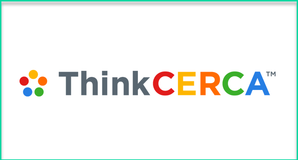
Overall, the ThinkCERCA platform is designed to help students better understand and practice what it means to make a claim and support it based on defending a point of view to a variety of different perspectives. Their lessons are all standard-aligned (CCSS, NGSS, and C3), and there are a ton of differentiation possibilities.
Before exploring the platform, let’s touch on the price and plans first. As mentioned in the video, there is a free plan, which includes the “QuickCERCA’s” (outlined below, and a great place to start to explore the ThinkCERCA system).
The paid subscription runs between $30-$40 a student; however, that student can use their subscription across all subject areas, so multiple teachers can have access based on a single student’s subscription. In addition to the QuickCERCA’s, the paid plan also includes an enormous collection of mini-lessons as well as the “Applied Lessons,” which are the heart of ThinkCERCA.
The breakdown of these three platform components will all be discussed below. I’ll provide an overview of the entire platform here, but just keep in mind that the QuickCERCA’s are the only thing available on the free version.
One of the best places to start when you first login to ThinkCERCA is the filter view. At the top, you can filter lessons by subject area, grade level, or just click Filter Entire Library to be able to get an even more granular breakdown including themes, lesson type, and specific standard. You can then search for exactly what you’re looking for, and you can look for specific Applied Lessons or for recommended lesson sequences.
If you’re on the free plan, you’ll only be able to view the QuickCERCA’s here, but you can still sort and filter them by the same categories.
QuickCERCA's
The QuickCERCA’s are mostly article based, and they are meant to be high-interest topics that students can connect with and relate to. You can assign these articles out to your students, they can read through them, and then each article also comes with 5 CCSS-aligned questions to check for understanding. These questions are automatically graded for you and sent to your teacher account so you can track student progress and understanding.
There are also audio versions of the readings so students can have someone read the text to them as need be. Vocabulary words are embedded as well, and students can click on any word to get a definition of it. It’s great to see these types of scaffolding built into the system, even in the free plan, as this can make understanding these articles much easier for students at all reading ability levels.
Overall, the QuickCERCA’s are meant to be complementary to the larger Applied Lessons, so if you’re on a subscription plan, these are great supplemental material. If you’re on the free plan, they’re still a solid resource for providing authentic, standards-based reading assignments to your students across subject areas.
Minilessons
Each Minilesson is aligned to a specific CCSS and contains slides that you could use for direct instruction in your classroom, or have your students go through on their own in flipped or blended settings. There are also assessment questions at the end of each mini-lesson so students can check their understanding.
Personally, I think these are great resources to compliment your classroom instruction. By themselves, I don’t think they would get a student to a mastery level of the concept, but they are a nice starting point and support resource to use during a lesson.
Applied Lessons
The lessons cover a ton of different content, and they are all designed to be supportive of what teachers are already discussing and covering in their curriculum. They’ve got a great collection of resources across subject areas, with the exception of Math which is currently a little low. That being said, the team is aware of this and will have expanded their math offerings to a total of 15 CERCA Sets (each set containing 8 Applied Lessons as well as new Minilessons) by October of 2016.
When working through an Applied Lesson the students will be offered quality scaffolding and support as they begin to build their claim and argument. These lessons are also differentiated and each offers 10 different articles at different reading levels.
Personally, I really like that each lesson has different articles, all of which are centered around a common theme. I think this is great for engaging in discussions around the topic, as each student could be approaching from a different perspective, rather than if everyone had read the same article.
I know some teachers might prefer having the same article, but re-written for different reading levels, but for me, I’m a fan of this approach and I think it lends itself towards better understanding multiple viewpoints surrounding complex issues.
Each lesson starts with a connection piece, where the students will make a personal connection to the topic at hand to help find relevance in the idea.
From there, they will read through an overview of the text so they can get a better idea of what the topic is about. They’ll have vocabulary resources to help support them, and they’ll have CCSS questions to check their understanding with as well.
After that, students will move on to the Engage with Text section. This is one of my favorite parts, as the platform offers lots of help for students to begin highlighting, annotating, and critically approaching the text.
After they’ve finishing highlighting and annotating the text, the students will be asked to provide a summary of what they’ve read. During the summary stage, they’ll also receive scaffolding in the form of sentence stems to help prompt their reflection and summarizing. Features like this show that ThinkCERCA has spent time thinking through the best ways to provide support for learners at all levels, which is really refreshing to see.
Next, the students will begin constructing their argument, using the CERCA Framework. Just a refresher from the video above, CERCA = Claims, Evidence, Reasoning, Counterargument, Audience. During this step, the students will be able to use their highlights and notes from the article to add cards/support for each of the components of CERCA.
Finally, once the students have the evidence, support, and all the resources and notes they will need, the last step is to create their CERCA. The specifics as to length, format, etc. would all be left up to the teacher here, and the students can add in their work and notes that they’ve already created during the process.
There is also a link here to help students get started if need be, which takes them to a section of academic language sentence frames specifically created to scaffold each lesson. Students can use these frames to help them in writing their CERCAs. Once they’re finished, they can submit their work to the teacher who can either grade it, or make comments and give it back to the students for revisions (another one of my favorite features).
Data Collection & Analysis
Once your grades and rubrics are entered into the system, there are two different ways you can breakdown the data.
One way is the teacher’s classroom report. This report will show you what percent of your students are focused on what growth focus area. It will also show you how your students are doing on big picture class averages. Plus, you can get an Itemized analysis of what you’ve been assessing as well.
The second reporting option is the insight report. This report allows you to see a specific class details in relation to where everyone is at with each standard (Consistent Mastery, proficient, approaching, not active). You can also get incredibly granular here, and see exactly where each student is at with each particular standard. These types of results are great for data-driven decision making, so that you know exactly where your students are, compared to where you want them to be.
New Features
Teachers begin by searching for a model based on their school’s level of technology access and time constraints. They also have the option to search by subject. The platform then generates a selection of classroom models, which include station-based rotations, leveled groups, responses to intervention, and many more. Once educators select a lesson model, they are provided with a suggested schedule to complete one lesson set, step-by-step instructions for incorporating ThinkCERCA into the classroom, classroom setup suggestions, and even advice for customizing each model.
Wrap Up
Overall, I’m a big fan of ThinkCERCA. The CERCA Framework is a solid approach to helping students better understand what it means to write a claim, support it, consider multiple perspectives, and also consider the audience who will be addressed. Yes, everything is aligned with the CCSS and NGSS, which is great, but more than that I think this kind of thinking and reasoning is so important for today’s students to develop. The types of lessons and content that ThinkCERCA is offering here are absolutely in line with college and career readiness standards as well, which to me is just as important (if not more so) than the CCSS.
On top of the that you’ve got differentiated levels of texts, multiple perspectives to consider for each lesson, and excellent scaffolding and support for students as they work through the CERCA process. Finally, the ability to work across grade levels and subject areas is huge, and the detailed reporting and analytics gives teachers everything they need to understand exactly where their students are at.
ThinkCERCA has also just released three separate studies looking at the effectiveness of their platform in the classroom. You can download those three studies here for further reading:
So, if you’re interested in learning more or testing out the platform and the ThinkCERCA Framework, I would definitely recommend checking out the free QuickCERCA’s to start with, as that will give you a better understanding of what the platform is all about. From there, the Mini-Lessons and Applied Lessons are full of great content, support resources, and everything needed to supplement and expand upon your existing classroom curriculum.
The opinions expressed in this review are my own.
I was not compensated for writing this review.

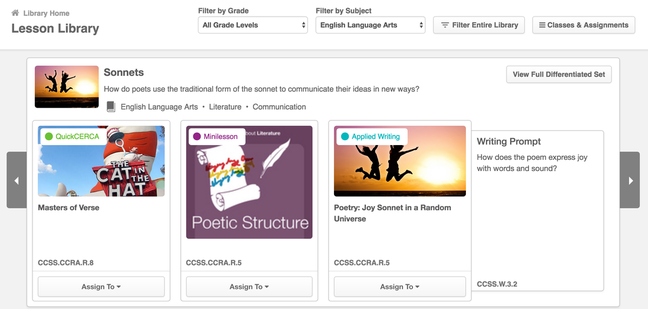
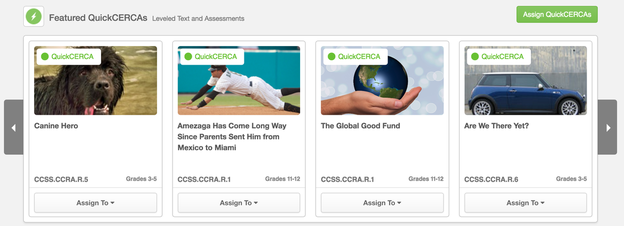
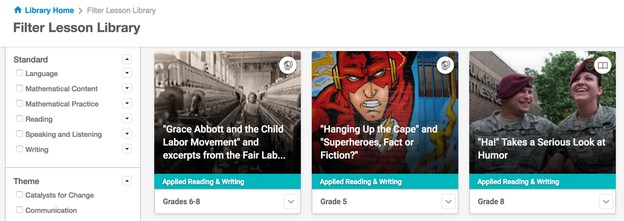
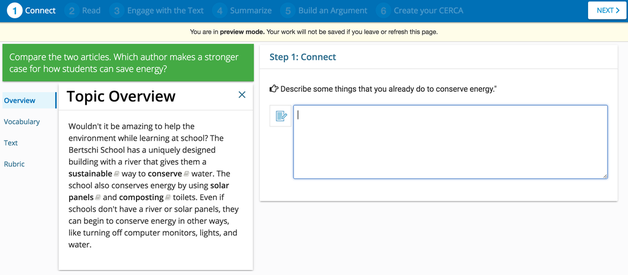
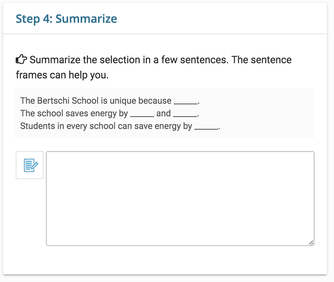
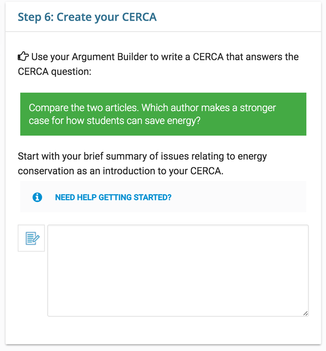
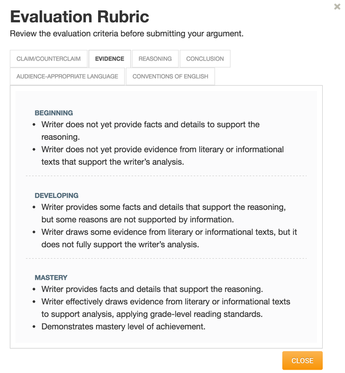





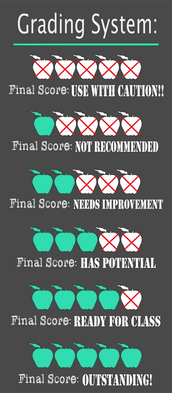



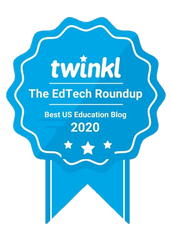
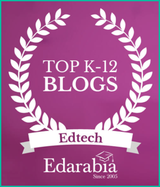
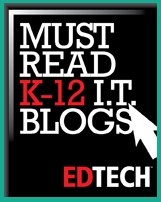
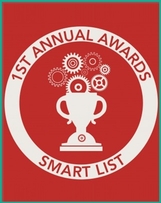
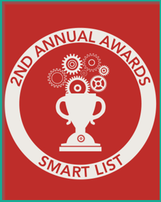
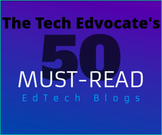
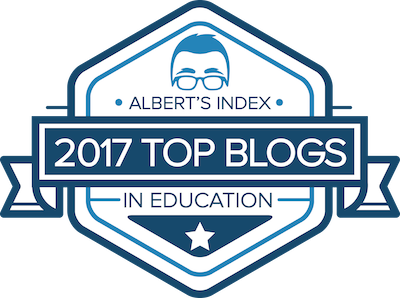
 RSS Feed
RSS Feed
